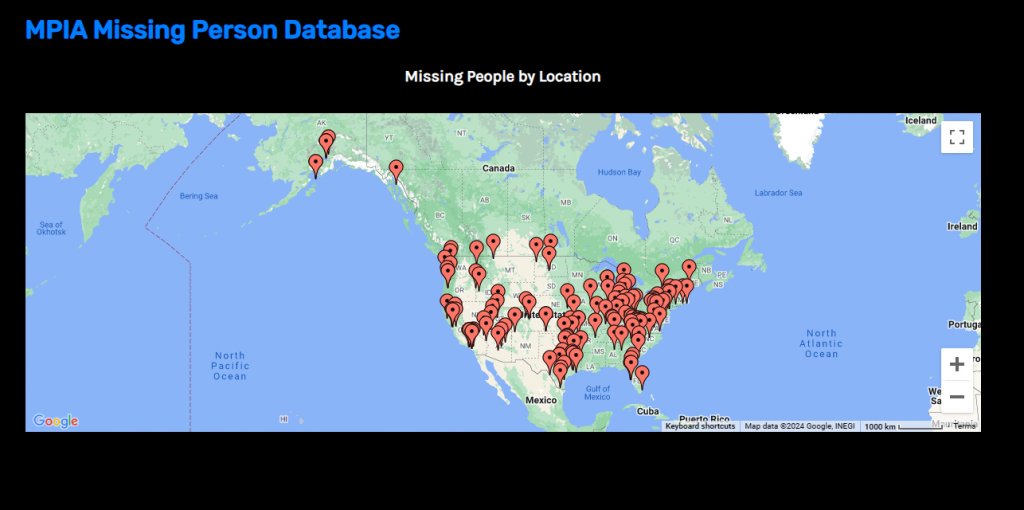In a world where information flows freely, it’s baffling to realize that thousands of individuals simply vanish without a trace, slipping into the shadows of society. Despite advancements in technology and extensive efforts by organizations like the National Center for Missing and Exploited Children (NCMEC) and the National Missing and Unidentified Persons System (NAMUS), the unsettling truth remains that countless missing persons remain hidden from public awareness.
In 2022 alone, a staggering 546,568 individuals were added to the private National Crime Information Center (NCIC) database. This database, maintained by the Federal Bureau of Investigation (FBI), serves as a vital tool for law enforcement agencies across the United States, containing records of individuals reported missing, among other pertinent information. Yet, despite the sheer volume of entries, it’s alarming to note that over 100,000 individuals are missing at any given time.
Children, in particular, make up a significant portion of these missing person reports. In 2022, children comprised 64% of all missing person cases. However, the disparity between reported cases and those included in databases is glaring. The NCMEC, a prominent organization dedicated to addressing child abduction and exploitation, lists only 4,502 missing children in their database at the time of writing. Although they assisted with 27,644 cases of missing children in 2022, many cases remain unaccounted for.
NAMUS, another critical resource in the search for missing persons, faces its own challenges. With 24,366 missing individuals and 14,724 unidentified persons in its database, NAMUS plays a crucial role in connecting the dots between missing persons and unidentified remains. However, the lack of support and resources poses a significant obstacle. Despite laws mandating the use of NAMUS in certain states, many cases still go unreported or unadded to the database.

Twelve states, including New York, California, and Washington, have legislation requiring the utilization of NamUs.gov. Additionally, Texas and Pennsylvania have pending legislation aimed at furthering the integration of NAMUS into missing person investigations. However, despite these efforts, a substantial number of cases slip through the cracks, leaving families with unanswered questions and communities unaware of potential dangers.
The consequences of these hidden missing persons are profound. Without public awareness and resources dedicated to their search, these individuals remain in limbo, their stories untold and their fate uncertain. It often falls upon the families and friends of the missing to advocate for their loved ones, relying on social media and grassroots efforts to garner attention.
In response to this pressing issue, there’s a growing need for collaborative efforts between law enforcement agencies, organizations like NCMEC and NAMUS, and the public. Increased funding and support for these organizations, along with enhanced legislation mandating the use of databases like NAMUS, are essential steps towards addressing the epidemic of missing persons.
Our database aims to shine a light on the hidden missing, providing a platform for their stories to be heard and their cases to be brought to the forefront. By raising awareness and fostering collaboration, we can work towards a future where no individual is left behind, and every missing person receives the attention and resources they deserve. https://missingpeopleinamerica.org/mpia-missing-person-database

